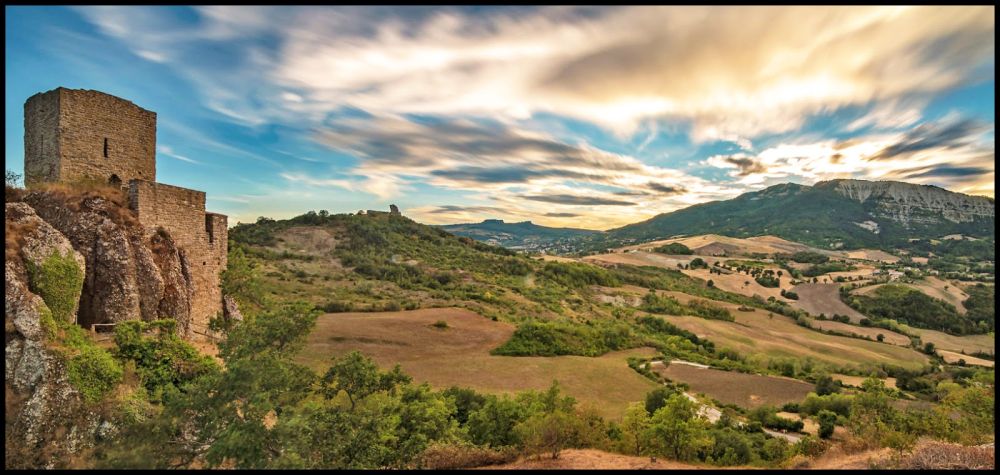

The Ita Fort in Itanagar, the capital city of Arunachal Pradesh, India, stands as an ancient historical site that has attracted tourists for many years. The fort has a significant place in the history of the region, and its name "Ita" means "brick" in the Ahom language, which reflects the primary building material of the structure.
The fort is believed to date back to the 14th or 15th century and is closely associated with the Chutiya Kingdom, which ruled the area during that time. Over the centuries, Ita Fort has witnessed the rise and fall of several dynasties and has been a silent spectator to the region’s changing historical landscape.
The site officially became a tourist destination after India's independence, with the Government recognizing the fort’s potential for historical and archaeological tourism. The natural beauty of the region, coupled with the enigma of ancient ruins, has drawn increasingly more visitors with each passing decade.
With growing interest in eco-tourism and cultural heritage, Ita Fort has seen a gradual increase in the number of visitors seeking more than just relaxation during their travels. The fort provides tourists a glimpse into the architectural and historical prowess of the Northeastern region of India.
The Arunachal Pradesh government has taken several measures to preserve the fort and boost tourism in the area. Infrastructure development around Ita Fort, such as better roads, signage, and tourist facilities, has been a focus to enhance the visitor experience.
Nowadays, tourists to Ita Fort can expect a well-structured visit with guided tours that explain the significance of the archaeological finds and the history of the region. The fort's location on a hill also provides panoramic views of the city of Itanagar, making it a popular spot for both history buffs and nature lovers.
The local community has embraced tourism and often participates in guiding tourists, sharing local legends and stories that add a rich layer to the visitor experience. Traditional festivals and events are also promoted to provide an immersive cultural experience.
Despite its potential, tourism at Ita Fort does face challenges, ranging from the need for improved preservation efforts to the necessity of sustainable tourism practices. Looking forward, continuous efforts are necessary to ensure that tourism development is in harmony with cultural preservation and environmental protection, ensuring that Ita Fort remains a treasured destination for future generations.
In conclusion, Ita Fort's deep historical roots and the growing tourism infrastructure promise to make it a key destination in the itineraries of tourists visiting the Northeast of India. It stands as a symbol of the region's rich history and a testament to the importance of preserving such sites for their educational and cultural value.